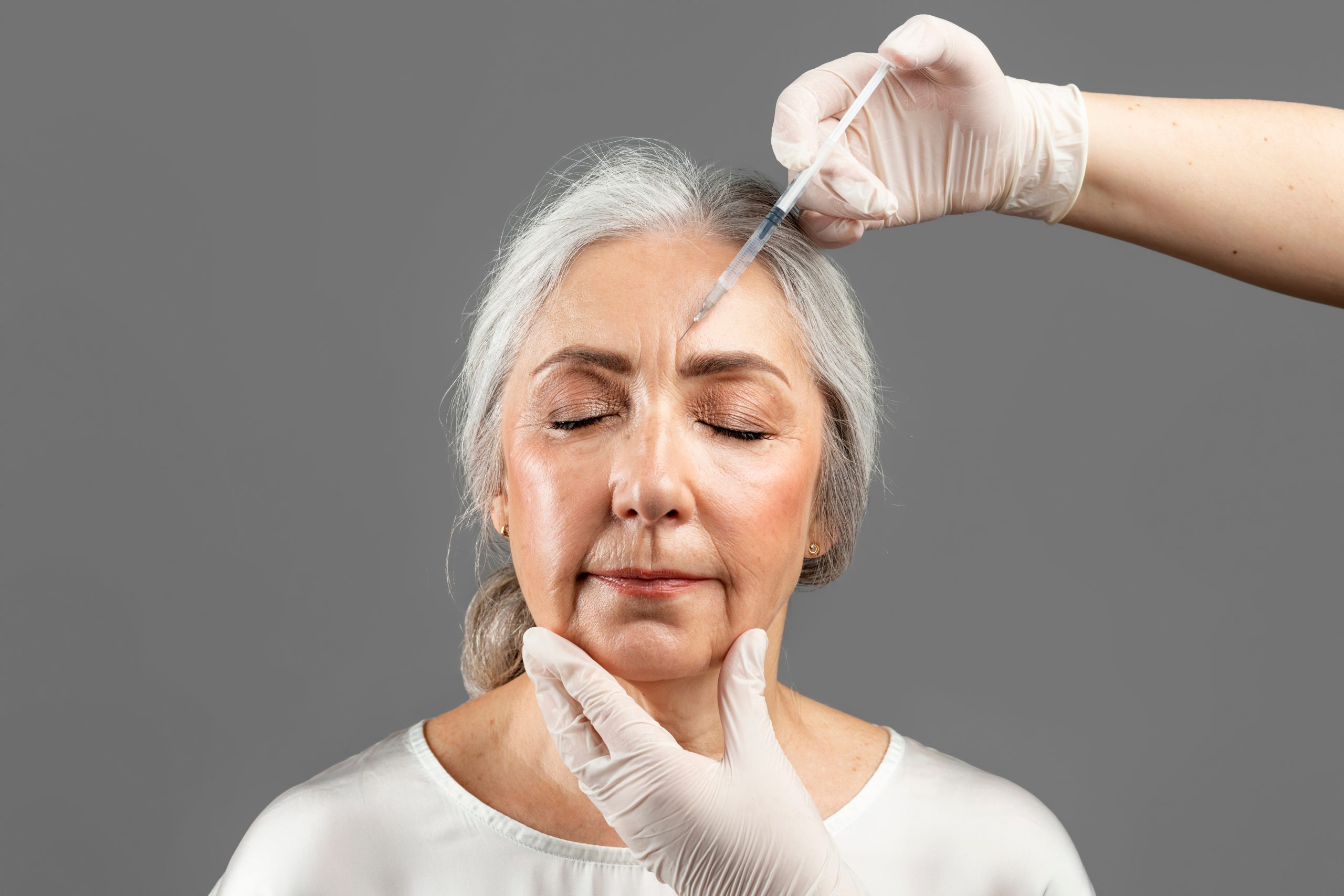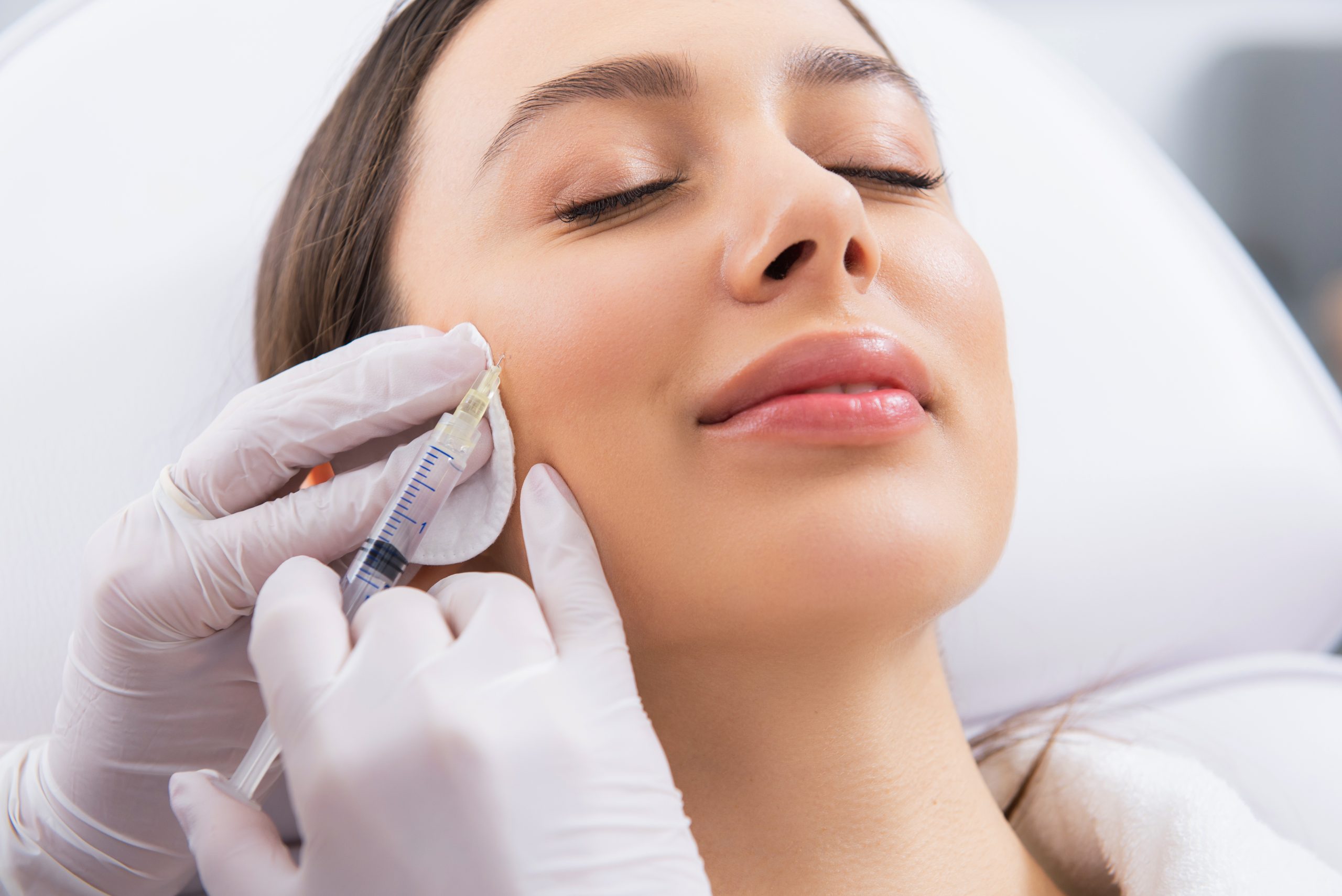There are various procedures available to rejuvenate your skin or to treat melasma (a tan or dark skin discoloration, particularly common in women, especially if pregnant or taking any hormone contraceptive/replacement medication). These may be in the form of chemical peels or Laser therapy.
Before considering these, it is important to understand how your skin works so you can make an informed choice.Before considering these, it is important to understand how your skin works so you can make an informed choice.









